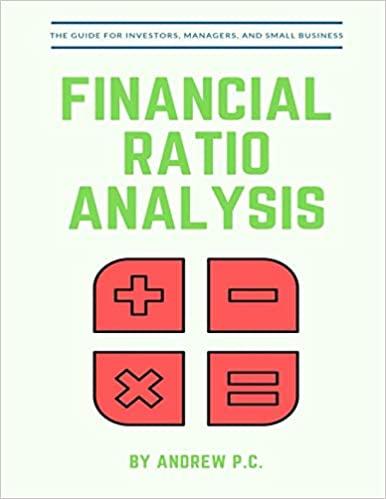Answered step by step
Verified Expert Solution
Question
1 Approved Answer
2 . Suppose, for simplicity, that the appropriate discount rate for all cash flows is zero. A firm will be worth either 1 5 0
Suppose, for simplicity, that the appropriate discount rate for all cash flows is zero.
A firm will be worth either euros or euros in the future. The management of the firm have better information than the investing public, and know which of these values will occur, with certainty; however, investors do not know, and believe the two possible outcomes each have probability of Management is for some reason, unable or unwilling to share their private information with the investing public.
This firm has debt coming due in the future, with a face value of euros. There are shares of equity in this firm.
The firm has an investment opportunity, which will generate future cash flows which have present value of euros regardless of the value of the firms other assets However, this investment requires initial expenditure of euros so the project has NPV of euros today, and the firm does not have the necessary cash; it would have to go to financial markets to raise the euros if it wants to do the project.
Assume investors believe, since the project always has a positive NPV that the firm will always issue new shares and do the project.
a How many new shares does the firm need to issue, in order to raise the necessary euros? What will the market price of the shares be when the firm announces the equity issuance and the new project?
b What will the share price be if the firm issues equity and does the project, and it turns out that the existing assets of the firm have value of euros? What if the firm does not issue equity and does not do the project, and it turns out the existing assets are worth euros? How much are the shares worth then?
c What will the share price be if the firm issues equity and does the project, and it turns out that the existing assets of the firm have value of euros? What if the firm does not issue equity and does not do the project, and it turns out the existing assets are worth euros? How much are the shares worth then?
d Is investors belief that the firm will issue new shares and do the project, regardless of the future value of the existing assets of the firm, justified? Explain briefly.
Now assume investors believe that management will only issue new shares and do the project when the value of the firms existing assets is euros.
e How many new shares does the firm need to issue, in order to raise the necessary euros? What will the market price of the shares be when the firm announces the equity issuance and the new project?
f What will the share price be if the firm issues equity and does the project, and it turns out consistent with investors beliefs that the existing assets of the firm have value of euros? What if the existing assets are worth euros, but the firm does not issue equity and does not do the project? How much are the shares worth then?
g What will the share price be if the firm issues equity and does the project, and it turns out contrary to investors beliefs that the existing assets of the firm have value of euros? What if the existing assets are worth euros, but the firm does not issue equity and does not do the project? How much are the shares worth then?
h Is investors belief that the firm will issue new shares and do the project only when the the existing assets are worth euros justified? Explain briefly.
i Is there a cost to asymmetric information in this scenario? Explain briefly. If so would the cost still exist if the amount of debt the firm had were lower? Explain briefly.
Step by Step Solution
There are 3 Steps involved in it
Step: 1

Get Instant Access to Expert-Tailored Solutions
See step-by-step solutions with expert insights and AI powered tools for academic success
Step: 2

Step: 3

Ace Your Homework with AI
Get the answers you need in no time with our AI-driven, step-by-step assistance
Get Started


